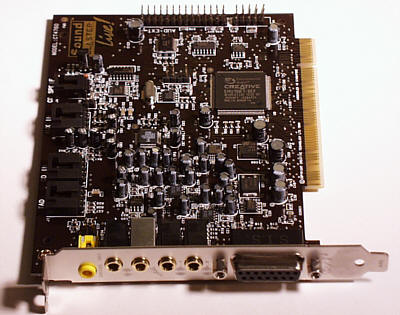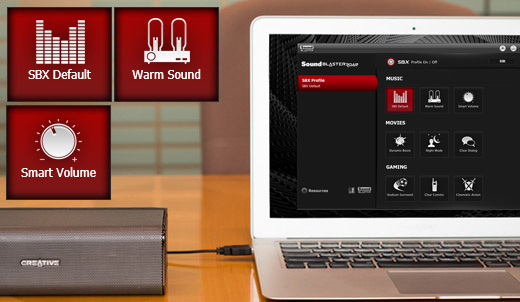

AWE32's usage in Windows was simplified by the fact that Windows 3.1x had drivers which made the OP元 and the EMU8000 appear like any other MIDI peripheral, on their own MIDI interfaces.Īlso on AWE32 was a Panasonic/ Sony/ Mitsumi CD-ROM interface (to support proprietary non- ATAPI CD-ROM drives), the Wave Blaster header and two 30-pin SIMM slots to increase sample memory. This did not affect the Creative Wave Blaster daughterboard header. Also, if a game used DOS 32-bit protected mode through a non- DPMI compliant DOS extender, then the MPU-401 emulation would not function and the EMU8000 would not be used unless directly supported by the software. To support older software, the AWE32 featured OPL-3 FM synthesis, and came with the AWEUTIL program which attempted to provide GM/ MT-32/ GS redirection to the native AWE hardware however, AWEUTIL wasn't compatible with all programs or motherboards due to its use of the non-maskable interrupt (a feature that was omitted or disabled on many clone boards), and it used a lot of precious DOS conventional memory. As with the Gravis Ultrasound, software designers had to write special AWE32 support into their programs. The AWE32 didn't use its MPU-401 port to access the EMU8000 - Creative decided to expose the EMU8000's registers directly, through three sets of non-standard ports, and interpret MIDI commands in software on the host CPU. Actual physical modeling instruments were not popular on the AWE, although some support exists in the SoundFont format. The option was used mostly as an effect engine for chorus and flanging effects. On the initial release, Creative promoted the EMU8000 as a waveguide physical modelling synthesis engine, due to its ability to work with delay lines. All of Creative's subsequent cards, other than the Sound Blaster PCI64/128 series, support SoundFonts. The card was sold with software for building custom SoundFonts. The AWE32 was the first sampler to support E-Mu's SoundFont standard, which allowed users to build custom sound sets using their own samples, the samples included in ROM, or both. It can also add effects to the output from the Yamaha OP元's FM synthesis.

reverb and chorus) and environments on MIDI output, similar to the later EAX standard on Live! and newer cards.

The effects processor generated various effects (i.e. These chips comprised a powerful and flexible sample-based synthesis system, based on E-mu's high-end sampler systems such as the E-mu Emulator III and E-mu Proteus. The synthesizer section consisted of the EMU8000 synthesizer and effects processor chip, 1 MB EMU8011 sample ROM, and a variable amount of RAM (none on the SB32, 512 KB on the AWE32 RAM was expandable to 28 MB on both cards). The Sound Blaster AWE32 included two distinct audio sections one being the Creative digital audio section with their audio codec and optional CSP/ASP chip socket, and the second being the E-mu MIDI synthesizer section. For example, the Sound Blaster AWE32 boards that utilize the VIBRA chip do not have bass and treble adjustments. There were many variants and revisions of the AWE32, however, with numerous variations in audio chipset, amplifier selection and design, and supported features.

Many of the Sound Blaster AWE32 cards had codecs that supported bass, treble, and gain adjustments through Creative's included mixer software. However, compatibility was not always perfect and there were situations where various bugs could arise in games. The AWE32's digital audio section was basically an entire Sound Blaster 16, and as such, was compatible with Creative's earlier Sound Blaster 2.0 (minus the C/MS audio chips.) Its specifications included 16-bit 44.1 kHz AD/ DA conversion with real-time on-board compression / decompression and the Yamaha OP元 FM synthesizer chip. Sound Blaster AWE32 Backward compatibility


 0 kommentar(er)
0 kommentar(er)
